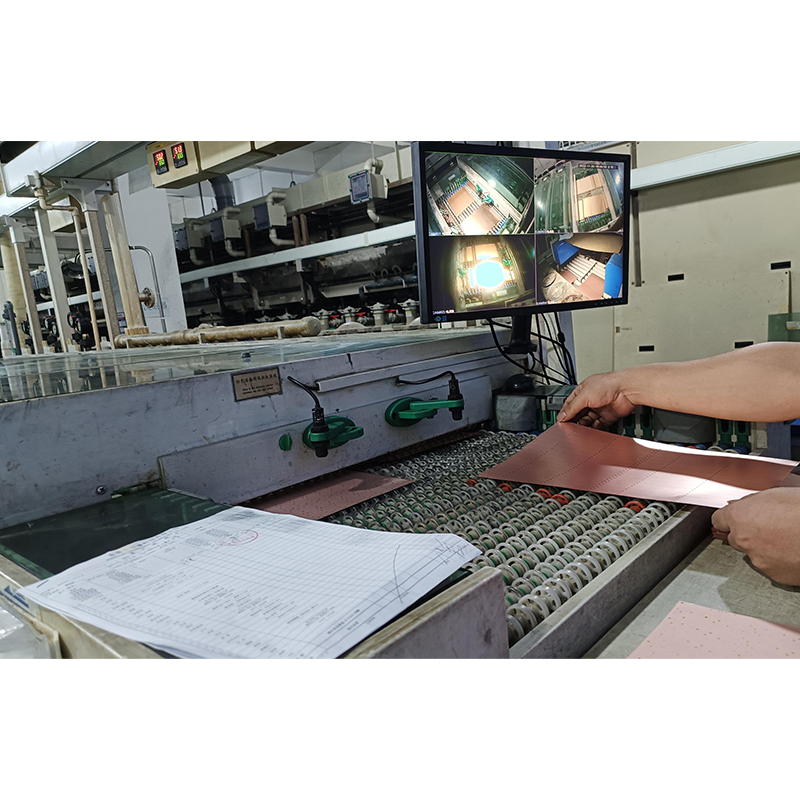In today’s fast-paced world, data transmission is becoming more and more important, and high-speed data transmission has become a necessity in various industries. The need for faster communications and efficient data transfer has led to the development of new technologies. One of these innovations is the use of rigid-flex circuit boards in high-speed data transmission applications.
Rigid-flex circuit boards are a unique combination of rigid and flexible circuits, offering the benefits of both types. They consist of multiple layers of flexible polyimide circuitry integrated with layers of rigid FR4 or similar material. This combination provides flexibility, durability and excellent electrical performance, making it suitable for a wide range of applications.
One important area where rigid-flex circuit boards excel is in high-speed data transmission. They offer several advantages over traditional circuit boards, making them ideal for applications where speed and reliability are critical.
First, the flexible portion of the circuit board allows for compact and complex designs that can be customized to specific requirements. This flexibility enables designers to create complex routing paths and reduce signal interference, thereby improving signal integrity. With better signal integrity, high-speed data transmission becomes more reliable and efficient.
Second, rigid-flex circuit boards provide excellent impedance control. Maintaining consistent impedance across the entire transmission line is critical for high-speed data transmission. The combination of rigid and flexible layers in these boards also enables controlled impedance on the flex portion, ensuring minimal signal attenuation and maximum performance. This feature is particularly beneficial for applications requiring high-frequency and high-speed signal transmission.
Additionally, the rigid portion of the circuit board provides stability and support to the components mounted on it. This stability reduces the possibility of mechanical failure and ensures the longevity of the circuit board. In high-speed data transmission applications, where vibration and physical stress are common, using rigid-flex circuit boards can greatly improve durability and reliability.
In addition, rigid-flex circuit boards can significantly save space compared to traditional circuit boards. By eliminating the need for additional connectors and cables, the overall size and weight of the system can be reduced. This compact and lightweight nature makes it ideal for space-constrained applications or portable devices requiring high-speed data transfer capabilities.
Additionally, rigid-flex circuit boards can withstand extreme temperatures and harsh environments, making them suitable for demanding applications. They have excellent heat resistance and can operate reliably in extreme temperature ranges. This feature is particularly important in industries such as aerospace, automotive and defense, where high-speed data transmission under harsh conditions is critical.
In summary, rigid-flex circuit boards are well suited for high-speed data transmission applications. Its unique combination of rigid and flexible circuits enables compact and complex designs, excellent impedance control, stability and component support. They save space, withstand extreme temperatures and provide reliable signal integrity. With all these advantages, rigid-flex circuit boards are clearly a viable option for industries seeking efficient and reliable high-speed data transmission solutions.Shenzhen Capel Technology Co.,Ltd is specializing in manufacturing rigid flex pcb and flexible pcb since 2009 and has 15 years’ project experience in pcb industry.
Post time: Oct-08-2023
Back







